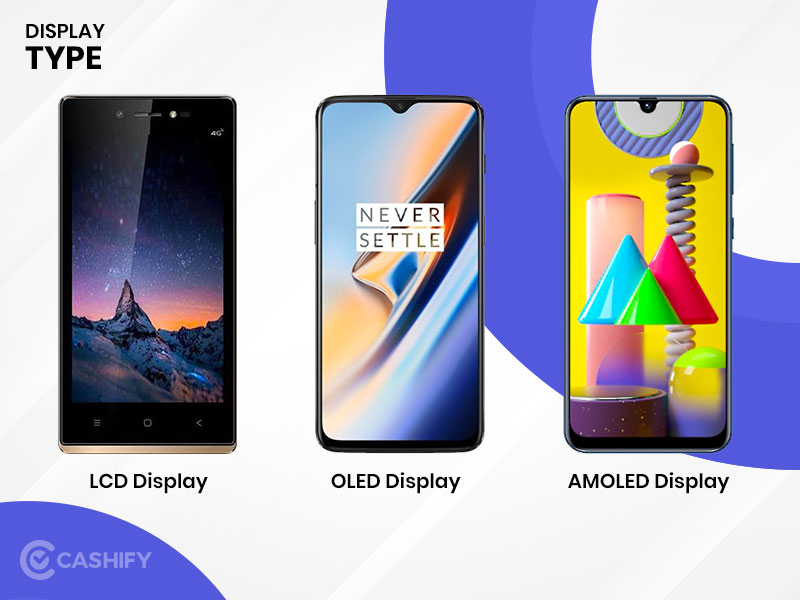In a world that is adjusting to new norms after the COVID-19 pandemic, online learning is here to stay. Though there were some negative impacts of online learning for children, there are also plenty of positives. Geography is no longer a concern with online learning, and universities can expand their mission to educate across countries and even the world.
Online learning also offers the necessary flexibility that school systems need in a world where another pandemic could strike at any time. The flexibility of online learning is also beneficial when more employees now work remotely. That flexibility enables companies to offer necessary training courses without employees coming to the office.
“New tech is correcting the detrimental effects witnessed during the pandemic and enhancing many of the benefits of online learning,” says a representative from AUKEY, a global tech developer. “With the use of tech, both students and institutions can have much greater success with virtual learning methods.
Here are a couple of tech advancements engaging students and improving education.
Virtual Reality
Virtual reality (VR) is more accessible than ever before with the advent of the metaverse and virtual reality goggles from companies such as Meta. It is a way to bring the classroom to the student instead of being faces on a screen.
VR takes the learning experience to the next level, allowing for experiences that weren’t previously possible. Imagine a biology class where the body is explored in a virtual world. Students could experience the body down to the cellular level just by zooming in further. Another application might be a history class where learning about the Roman Empire includes being immersed in ancient Rome.
Table of Contents
Artificial Intelligence
Artificial intelligence (AI) is changing the face of online learning as an AI can learn the needs of individual students and adapt to fit them. Suppose a student’s style of learning necessitates having definitions of words available. In that case, the AI can display the necessary words for each lesson on the side of the screen. If the AI notices better results from video or other forms of media, it can tailor lessons that fit the learner.
AI can also report concerns of learning styles to teachers for them to address the issues early in the learning cycle. Where a teacher might not catch a learning difficulty right away due to having many students to observe, AI can learn and detect potential issues before they metastasize. This AI learning can also reduce instructors’ need for administration work, giving teachers more time to focus on the learning process.
Augmented Reality
Not only can VR improve engagement in a virtual classroom, its close cousin, augmented reality, can take the lessons even further by immersing students in their materials. Augmented reality enables teachers to present 3D models or history lessons with virtual interaction in a hybrid model.
Students can also increase participation with the ability to scan pictures or text into the lesson from a phone or tablet. The fact that a phone or tablet can play a substantial role makes learning more accessible to students excluded due to lack of access to technology.
The Internet of Things
The Internet of Things (IoT) connects devices to make them smarter and able to share new information across the Internet. Broader connections between smart devices mean teachers can send assignments across the broad spectrum of learning tools that can also keep a database updated in real time.
Communication across devices makes a big difference in expanding and holding student attention. Apps tied to the class can make certain subjects more straightforward and visual than a book. The devices also share areas that have been a challenge for students, and that data makes it back to a teacher that knows to intervene if necessary.
Gamification
Students learn through interaction and love video games. The combination of the two fosters tremendous engagement through active involvement. Even competition among students is possible, which makes the experience exciting. Learning tied to a score or objective within a game means a student is more likely to invest in learning to achieve a higher score.
Having fun while learning has a tremendous impact on students retaining knowledge and developing a love of learning. While this method is most popular in the K-12 sector, it isn’t limited to it. Adding fun elements to learning also improves adult education. Adults love competition as much as kids and scoring against others in a class enhances the learning experience.
These are just five of the exciting advances in technology that improve online learning and make it more effective. Some of these technological advancements are also adding to the experience in the classroom. In a technical, online world, advancing learning to integrate into it is the natural evolution and will only continue to promote learning.

